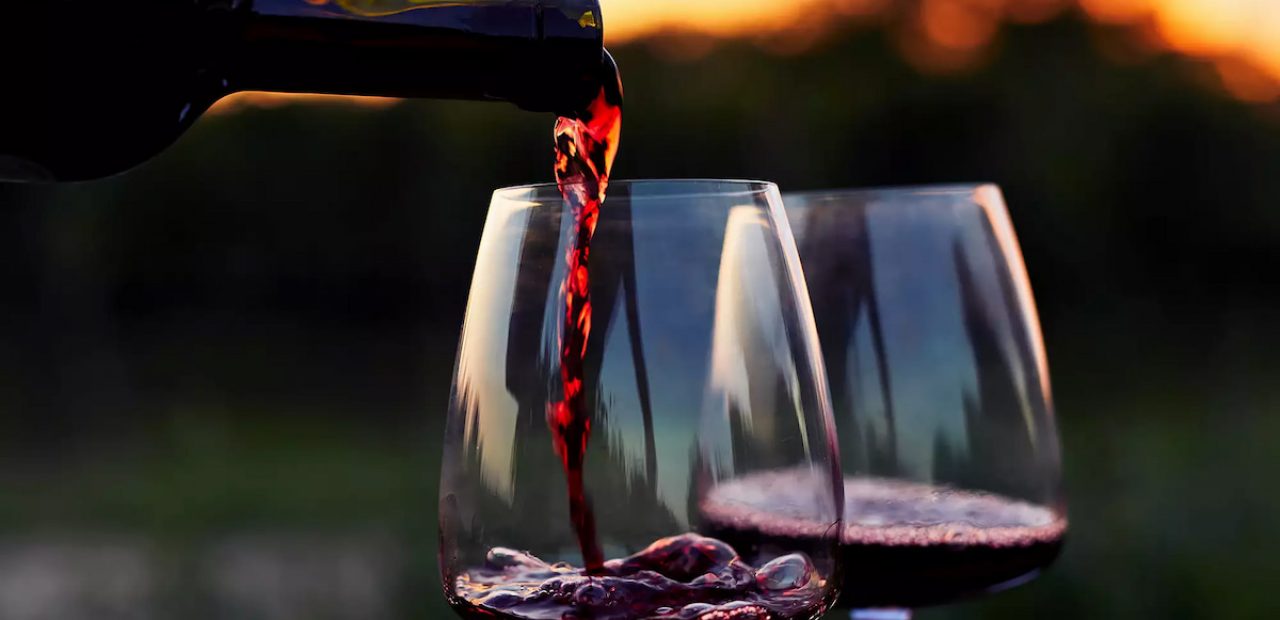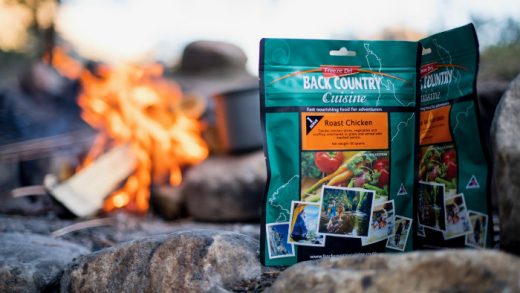Red Wines 101: Beginner’s Guide to Cabernet Sauvignon
It’s not because it’s hot outside that you should be drinking only chilled white wines. Whatever the season, there’s always a good excuse to sip a delectable red like a Cabernet Sauvignon.
It’s the world’s most cultivated wine grape, with approximately 720,000 acres dedicated to its cultivation. Not bad for a wine that has only been around for a few centuries. However, its fame is well-deserved, as Cabernet Sauvignon is a remarkably resilient vine that can thrive in a variety of harsh conditions.
Contents
What Kind of Wine Is a Cabernet Sauvignon?
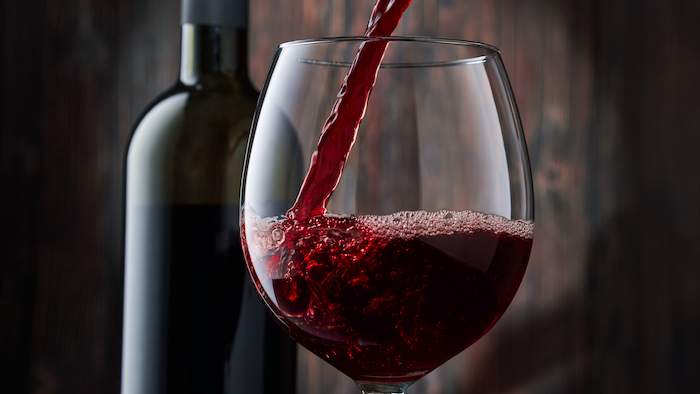
It is a full-bodied wine with a deep black hue. It can have an alcohol concentration of more than 13.5%. The classic red Cabernet Sauvignon from Australia, Chile and California, can have higher alcohol levels, occasionally up to 15%. This wine has a moderate amount of tannin, which dries the tongue when sipped.
It’s one of the world’s most popular red wines, and it is produced in nearly every wine-producing region on the planet. This grape varietal thrives in warm climates, and it produces wines that are rich in flavour and body.
What Does Cabernet Sauvignon Taste Like?

Cabernet Sauvignon wine has a diverse flavour due to its cultivation in a variety of places and temperatures, but it generally has savoury and dark fruit flavours, which range from bell pepper to black pepper. The flavours of ancient world wines differ from those of the modern world.
It is uncommon to find a wine that is entirely produced in the ancient world, and it is frequently combined with other varietals. The flavour of the wine is more floral or herbal than fruity, with notes of graphite, tobacco, and violets. New World wines frequently include a hint of fruit, such as Black Cherry, Licorice, and Black Pepper, wrapped in a dash of Vanilla.
Crème de cassis, Mint, Eucalyptus, Black cherries, Tobacco, Blackberry, Blackcurrant, Chocolate, Blueberry, Truffle, Boysenberry, and Cedar are all popular Cabernet Sauvignon tastes and aromas.
Cabernet Sauvignon Popular Blends
These grapes are frequent blending partners in varietal wines. Bordeaux produces popular blends like Merlot and Cabernet Sauvignon in various quantities.
Malbec is another combination that produces wine with creamy, plummy, and fruit aromas. Sangiovese, Carménère, Petit Verdot, Tempranillo, Zinfandel, Cabernet Franc, and Syrah are among other prominent mixes from this region.
Washington’s CMS Blend (Cabernet Sauvignon, Merlot, and Syrah), Portugal’s Douro Tinto Blend, Greece’s Rapsani Blend, and Italy’s Super Tuscan Blend (usually a mix of Sangiovese, Merlot, Cabernet Sauvignon, and/or Cabernet Franc) are all popular Cabernet blends from other countries.
How to Serve Cabernet Sauvignon?
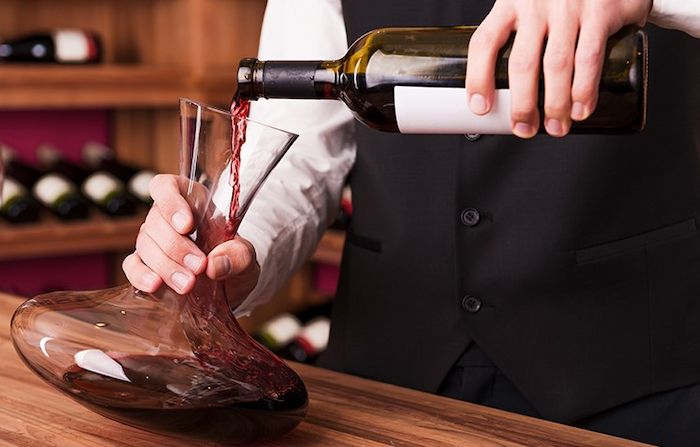
Decanting benefits Cabernet Sauvignon’s powerful wine flavours more than virtually any other wine. Opening the bottle three hours before drinking begins the oxygenation process, allowing the wine to open up. Decanting the wine will help bring it to the proper temperature and remove any sediment. This is even more important if your wine has been stored in a climate-controlled cellar.
As for which glass to use, you’ll want a big glass with a height that creates distance between the wine and the drinker. The ethanol will fade on the nose, allowing more air to penetrate and soften the tannins. A long stem is also recommended so that your hand does not heat up the contents of the glass.
What to Pair with Cabernet Sauvignon?
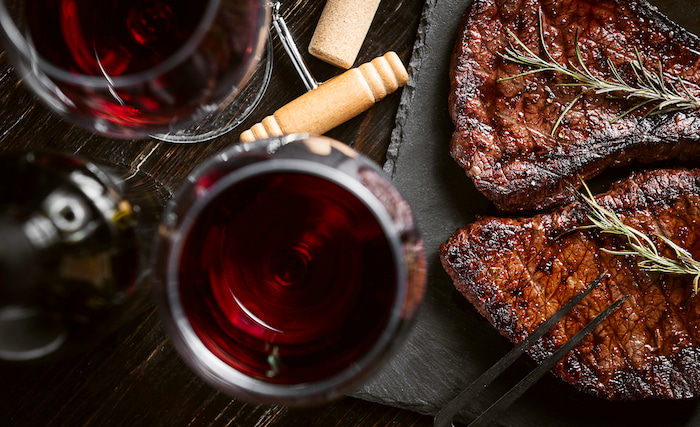
Cab Sav’s huge, robust flavour demands a big, strong dinner to match. The strong tannins require something fatty to cut through the “itchy mouth” sensation that is so characteristic of a superb red Cabernet Sauvignon. Something meaty – steak, hamburger, stew – will go well with it. The meat’s lipids reduce the tannin and create delicious affection in your mouth.
How to Store Cabernet Sauvignon?
It should be kept cold and dark. Keep the wine away from direct sunshine and heat, since these might cause it to degrade fast. Keeping the wine in a cool place will help it retain its flavour and fragrance.
The refrigerator is the best place to keep this drink. Keep it at cellar temperature, which should be approximately 10-12 degrees Celsius. Once you’ve opened the bottle, keep any leftovers in the fridge and consume them within two days for richer flavour and fragrance.
If the wine is not stored properly, it may develop an unpleasant sherry note and lose its fruitiness and character. Shake the opening bottle every half hour till eaten to remove this dispersed taste and scent for an explosive rush of flavour throughout your pleasure!
How Does Cabernet Sauvignon Age?
This wine is well-known for its longevity. However, most people like to drink it young since they are accustomed to the vivid fresh fruit flavours found in young reds, but not so much to the dried fruit and earthier notes of slate, loam, and tobacco that develop with age.
The aging process softens both structural acids and tannins of the wine, giving it a silky texture, while the first fruit fades and earthy flavours such as leather and tobacco emerge. Because the young wine is tightly wrapped with harsh tannins and oak, some individuals choose to lengthen the maturation process.

